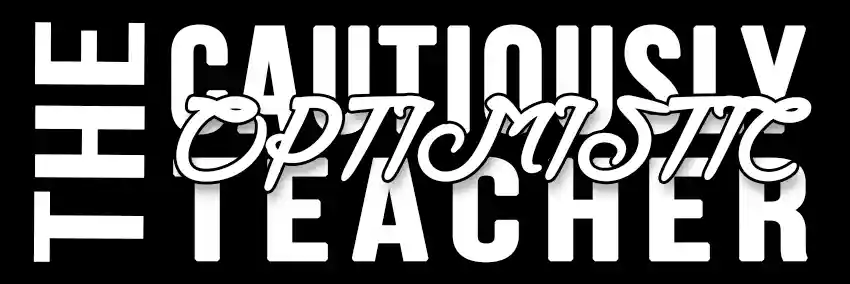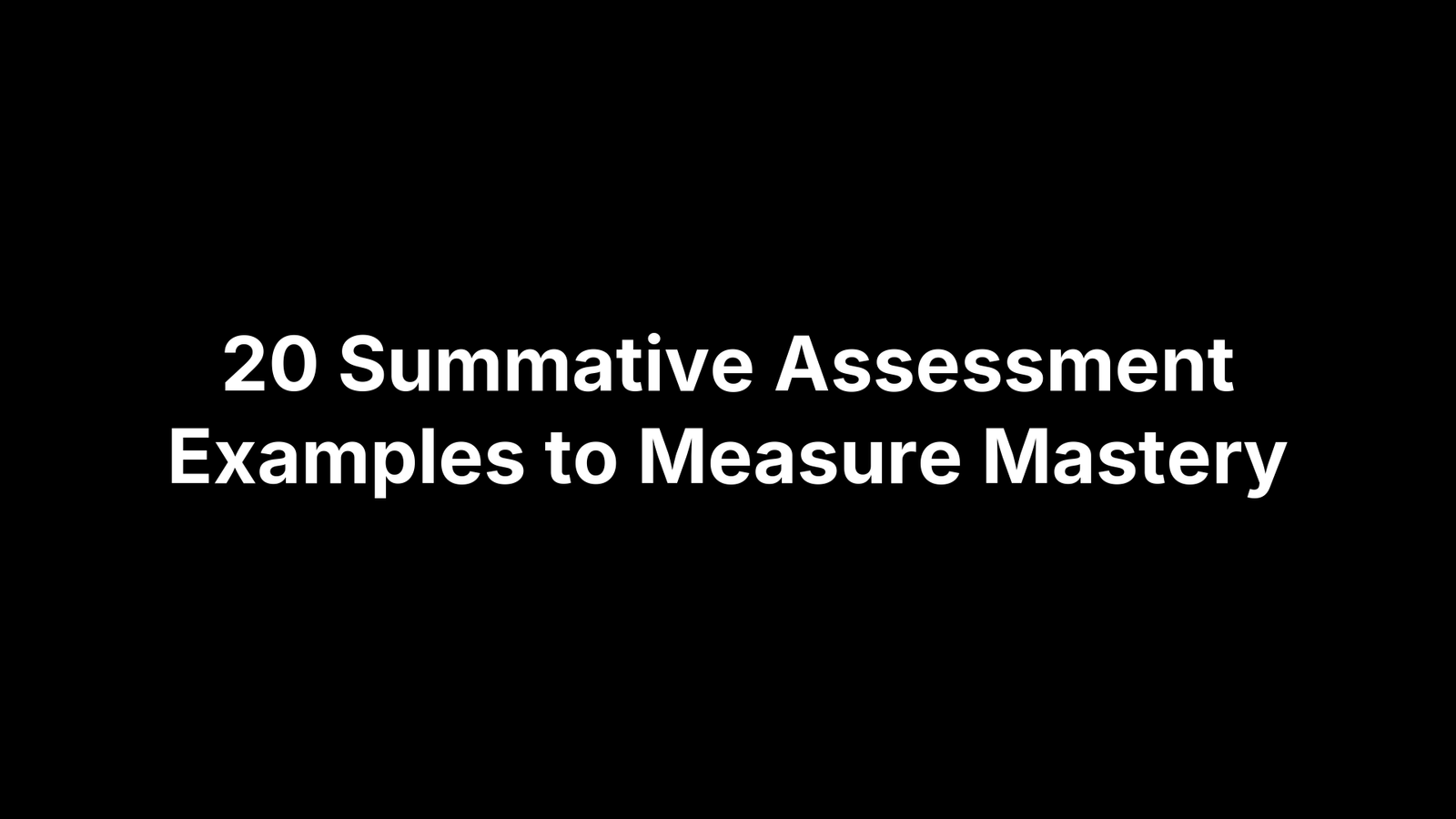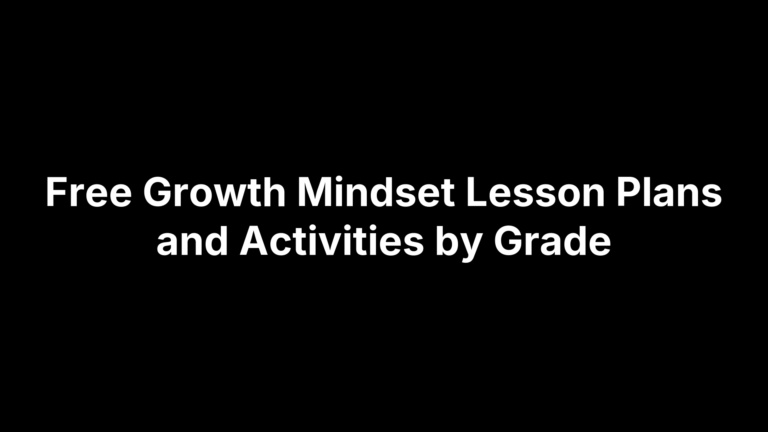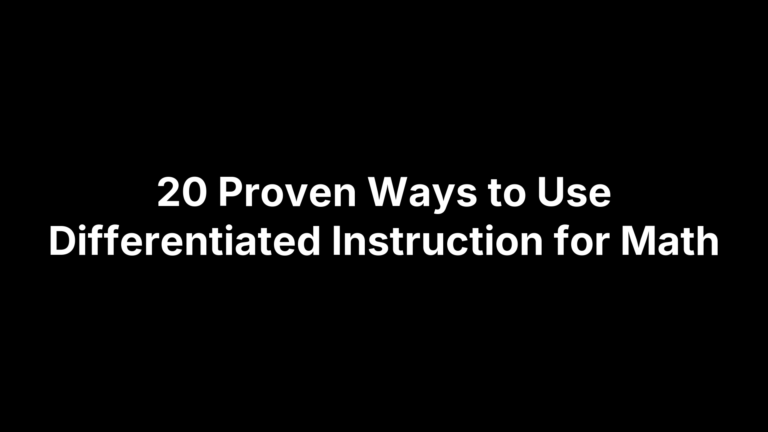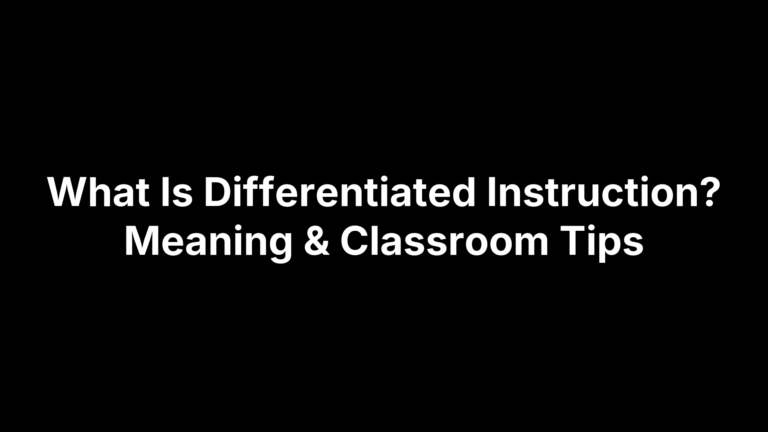20 Summative Assessment Examples to Measure Mastery
Summative assessments are the end-line scorecard educators use to judge whether instruction hit its mark. They happen after a unit, term, or course wraps up and, because grades, promotion, or accreditation often hinge on the results, stakes are high. Unlike quick formative check-ins that guide tomorrow’s lesson, a summative task captures what students can do when the teaching is finished—no hints, no do-overs, just demonstrated mastery against clear standards.
If you’ve ever felt boxed in by the classic bubble test, you’ll appreciate the next sections. We’ll compare formative and summative tools with a side-by-side snapshot, then unpack twenty classroom-tested ways to gauge mastery—ranging from traditional exams and lab practicals to multimedia podcasts, student-led conferences, and role-play simulations. Each example comes with setup tips, rubric pointers, and differentiation ideas so you can match the right assessment to the right learning goal and student group. Let’s expand your tool kit and make those final evaluations worth the effort. Whether you teach kindergarten phonics or AP chemistry, there’s a fit for you.
1. End-of-Unit Multiple-Choice Exam
For many teachers, one of the most familiar summative assessment examples is a carefully built multiple-choice exam; it remains the quickest way to verify content mastery.
What it is and the learning targets it measures
A 20–50-item paper or digital test checks recall of facts, vocabulary, and basic conceptual links. Well-written scenarios can also tap Level-2 application and simple graph or diagram interpretation.
Crafting valid and bias-free questions
Start with one standard per item; write a clear stem that avoids negatives and jargon. Distractors should be plausible yet incorrect and free of cultural references that advantage particular groups.
Time-saving grading options
Scantron sheets, LMS auto-grade banks, or AI generators slash marking time. Still sample 10 % manually to catch miskeys and gauge the clarity of each item.
Using results for reteaching
Export an item-analysis spreadsheet highlighting questions with < 40 % accuracy. Those standards become next week’s mini-lessons, while high-score areas free class time for enrichment activities.
2. Comprehensive Final Project
A comprehensive final project turns abstract standards into a tangible product students can proudly point to. As one of the more authentic summative assessment examples, it asks learners to apply knowledge, skills, and creativity in concert, mirroring real-world problem solving.
Project formats that work
Offer a menu so every discipline feels at home: a tri-fold science fair board, documentary-style video, historical museum exhibit, working coding prototype, or community-service artifact such as a public-awareness brochure or raised-bed garden plan.
Breaking the project into checkpoints
Prevent eleventh-hour chaos by scheduling four milestones: proposal with driving question, annotated bibliography or data set, rough draft or beta build, and polished deliverable plus reflection. Confer at each stop to redirect misconceptions early.
Rubric design for holistic grading
Build a four-column rubric that weighs content accuracy, originality, process management, and presentation quality equally. Include descriptors for exceeds, meets, approaching, and not-yet to speed scoring and provide clear growth targets for students.
Managing equity and accessibility
Post a resource list—library hours, loaner devices, sample budgets—and allow solo or group options. Offer captioned presentation templates and let students choose medium to meet ADA guidelines without diluting academic rigor.
3. Persuasive Research Paper
A well-argued research paper remains one of the most rigorous summative assessment examples because it forces students to marshal evidence, craft logic, and write with academic polish—skills that transfer straight to college and career.
Purpose and academic skills assessed
Students must frame a debatable thesis, vet sources, integrate quotations, follow MLA / APA conventions, and sustain voice and coherence over 1,200–2,000 words. The task also spotlights information literacy: fact-checking, bias detection, and proper attribution.
Topic selection strategies
Provide two paths:
- Student-choice menu built around the unit’s big ideas (e.g., “Should gene editing be regulated?”).
- Teacher-assigned prompts that guarantee curricular coverage.
Balance passion with practicality by requiring a preliminary source count so learners avoid topics with scant research.
Scaffolded drafting timeline
- Working outline with thesis (Day 3)
- Annotated bibliography of five credible sources (Day 7)
- Full first draft (Day 12)
- Peer review swap using a checklist (Day 14)
- Teacher conference for targeted feedback (Day 16)
- Final submission with reflection note (Day 20)
Quick but meaningful feedback
Use a two-point rubric per criterion—“meets” or “needs work.” Add margin comments for patterns, then a 100-word global note suggesting one revision priority. Digital rubrics in Google Classroom or Canvas cut return time to under 15 minutes per paper.
4. Digital Portfolio Showcase
A digital portfolio transforms scattered classwork into a curated evidence hub. It’s one of the most adaptable summative assessment examples, growing with the learner yet freezing mastery once published.
Definition and tech tools
Use Google Sites, Seesaw, or an LMS portfolio module to house text, images, audio, and code snippets. Drag-and-drop editors mean even elementary students can publish a polished site quickly.
Selecting artifacts that prove mastery
Set a cap of 3–5 pieces per standard so quality beats quantity. Include variety: a lab report PDF, annotated slide deck, quick-fire explainer video, or a self-graded quiz screenshot.
Grading portfolios fairly
Combine a yes/no completion checklist with an analytic rubric weighting depth of reflection, alignment to standards, and technical polish. Sharing the rubric on day one eliminates “gotcha” surprises and keeps students curating with purpose.
Family or community presentation options
Boost authenticity by turning the final site into a virtual gallery walk. Generate QR codes for hallway posters, schedule a livestream Q&A, or invite local partners to leave timestamped comments directly on each artifact.
5. Laboratory Practical Exam
Nothing screams “show me you can do it” quite like a lab practical. Instead of circling answers, students rotate through hands-on stations and demonstrate real procedures—ideal for science courses from biology to physics. Because skills and concepts are assessed in the same moment, this format adds variety to your bank of summative assessment examples while mirroring professional lab work.
What makes a lab practical summative
Each station targets an end-of-unit competency: properly focussing a microscope, titrating to a neutral pH, or interpreting force-motion graphs. Scores are final, not practice, and feed directly into the overall grade.
Organizing stations for flow and safety
Color-code equipment, post numbered task cards, and stagger start times so only 2–3 students occupy a station. A timer or buzzer keeps rotations tight and prevents crowding near chemicals or hot plates.
Assessment criteria
Use a simple checklist: Technique accuracy (5 pts), data table completeness (5 pts), conclusion logic (5 pts). Clipboards let you mark in real time.
Addressing common student anxieties
Preview rubric language, provide a low-stakes rehearsal station, and open with a 60-second safety refresher. Visible expectations calm nerves and boost performance.
6. Oral Presentation with Q&A
Among the liveliest summative assessment examples, putting students on their feet in front of an audience tests more than memory. A structured oral presentation with live questions spotlights depth of knowledge, poise, and real-time thinking—skills every graduate needs.
Skills evaluated
Content understanding, verbal organization, non-verbal communication, visual-aid design, and the ability to synthesize follow-up questions on the fly all come under the microscope during the talk.
Pre-presentation supports
Offer slide skeletons, sample scripts, and timed rehearsal rounds. Peer warm-ups—think two-minute elevator pitches to a partner—lower anxiety while giving you a quick formative glimpse of readiness.
Fair and transparent scoring
Share a 20-point rubric in advance: 10 points for delivery (eye contact, pacing, volume) and 10 for content accuracy and slide quality. Provide audience feedback slips for additional qualitative notes.
Managing large classes
Cap talks at five minutes, schedule sign-ups over two days, and permit small groups for sprawling topics. A digital timer and visible queue board keep everything moving.
7. Structured Classroom Debate
A structured classroom debate turns the room into a mini forum where claims, evidence, and rebuttals unfold in real time. Because students must think on their feet and cite sources under pressure, debates are among the most dynamic summative assessment examples you can stage.
Debate formats to choose
Choose among Lincoln–Douglas (1-on-1), Public Forum (two-person teams), or a Socratic Seminar variant with inner/outer circles—pick what fits your content and class size.
Aligning debates to standards
Link each speech to standards on claims, evidence, organization, and rebuttal. Sentence stems plus a graphic organizer help students map reasoning beforehand, keeping the exchange analytical instead of opinion based.
Judging and scoring
Score with a three-column rubric—argument strength, delivery, collaboration—and track dropped points on a flowchart. Neutral judges enter ratings in a Google Form for quick totals.
Equity considerations
Randomly assign sides, post common resources, and let quiet thinkers act as researchers. Vocabulary cards, rehearsal time, and strict speech timers ensure ELLs and introverts get equitable airtime.
8. Capstone Course Project
The crown jewel of many upper-level classes, a capstone project asks students to weave every standard from the course into one cohesive product. Because it stretches over several weeks and ends with public accountability, it’s among the most rigorous summative assessment examples in a teacher’s arsenal.
Definition and typical scope
Think big: a business plan for an eco-startup, a fully functioning robotics arm, or a community ethnography published as a mini-doc. Whatever the format, the project must integrate content, process, and soft skills (research, collaboration, communication) while solving an authentic problem audiences care about.
Milestone tracking
Break the workload into bite-size checkpoints—proposal, literature review, prototype, final draft—each with its own rubric slice. Students chart progress on a Gantt or Trello board and meet with an advisor every 7–10 days for quick course corrections before small issues snowball.
Exhibition and defense
Culmination day resembles a professional conference: poster session or demo booths followed by a 10-minute oral defense to a panel of teachers, community experts, and peers. Panels probe choices, data validity, and future iterations, turning assessment into dialogue.
Long-term skill transfer
Capstones foster portfolio pieces for college apps, internships, or job interviews. More important, students practice project management, stakeholder communication, and iterative design—skills that outlive the grade and prepare them to tackle real-world unknowns with confidence.
9. Standardized Benchmark Test
District or state benchmark tests offer an external pulse check on whether instruction is on track. Because items are validated and norm-referenced, results feed directly into data meetings and improvement plans. Because stakes and instructional adjustments hinge on the data, clarity and timing are critical.
Purpose in local curriculum
Given quarterly, benchmarks forecast end-of-year proficiency and surface skill gaps early—think STAR, i-Ready, or district-authored common tests.
Preparing students ethically
Spiral key concepts with mixed warm-ups; share released items for format familiarity, not memorization. Coach stamina and accessibility tools instead of drilling guess-and-check tricks.
Data interpretation
Export the standards report: scale score, percentile, and sub-domains. A simple =IF(score<cut) formula flags students below proficiency so small-group reteaching starts the next day.
Communicating results to stakeholders
Translate numbers into plain language for families, co-create micro-goals with students, and post anonymized class trend charts to keep collective growth visible.
10. Multimedia Video or Podcast
When students script, record, and publish a short video or podcast episode, they knit together research, narrative, and technical production—skills employers prize. Unlike silent slide decks, the final file is a public-ready artifact that can live on class websites or community radio, making it one of the most motivational summative assessment examples on this list.
Why multimedia can be summative
A finished episode demonstrates that students understand content deeply enough to teach it to others, select supporting media, and anticipate audience questions. The permanence of a recording raises the bar for accuracy and clarity.
Planning and storyboarding
Start with a 3-act storyboard: hook, core content, takeaway. A one-page script outline forces concise transitions and helps partners divide narration, interview clips, and sound effects before they ever hit “record.”
Tech tools and logistics
Free editors such as WeVideo, Clipchamp, or Audacity keep production costs at zero. Build a class booking sheet for quiet recording spaces, remind students to use copyright-free music, and require captions or transcripts for accessibility.
Grading authenticity
Weight your rubric 40 % content accuracy, 30 % production quality, and 30 % audience engagement (story arc, pacing, voice). Collect reflection notes where students justify edits to show metacognitive growth alongside the polished file.
11. Comparative Analytical Essay
When students compare two texts, events, or data sets side by side, they must spot nuances, weigh evidence, and explain relationships—higher-order moves that bubble tests rarely tap. A well-structured comparative essay is therefore one of the richest summative assessment examples for literature, history, or science classes.
Focus and academic rationale
This task pushes learners beyond recall to evaluation: Which author argues more persuasively? Which economic policy had the larger impact? The comparison lens forces synthesis and judgment, proving true conceptual mastery.
Thesis and organizational methods
Teach students to craft a single, arguable thesis that covers both subjects. Then choose point-by-point or block structure; graphic organizers help map parallels and contrasts before drafting.
Citation accuracy
Require parenthetical citations or footnotes plus a works-cited page. Mini-lessons on signal phrases and quotation blending curb plagiarism and keep commentary, not quotes, in the driver’s seat.
Efficient grading strategies
Use a color-coded highlighting system: yellow for evidence, green for analysis. Pair that with a four-row rubric and five-minute post-paper conference to clarify next steps without marathon marking.
12. Infographic Submission
Need an assessment that merges concise writing with visual literacy? An infographic checks both boxes while producing a share-worthy artifact. It also lets quieter students demonstrate standards-level mastery without stepping in front of the whole class.
What makes an infographic summative
Students must distill complex ideas into data chunks, select visuals that clarify relationships, and cite sources—proof they understand and can teach the material, not just recite.
Tools and templates
Point learners toward Canva, Piktochart, or Google Slides’ infographic layouts. Prebuilt grids keep alignment tidy while drag-and-drop icons speed creation on school Chromebooks.
Content-design balance
Set a 60/40 rule: roughly sixty percent space for factual text or data, forty percent for visuals and whitespace. Encourage color-blind safe palettes and limit fonts to two families.
Assessment rubric
Share a four-row rubric: accuracy, clarity, design principles, and citation. Score each on a 4–0 scale; publish exemplars so students visualize what “meets” versus “exceeds” actually looks like.
13. Open-Book or Open-Note Exam
Handing students their notes during a test doesn’t make it a free‐for‐all; it simply shifts the target from memorizing to applying. This summative option works well in courses loaded with formulas, primary documents, or code libraries because success hinges on selecting and synthesizing the right information under time pressure.
Purpose and misconceptions
An open-book test is not “easier.” Because resources are available, prompts probe analysis, evaluation, and transfer—skills higher on Bloom’s taxonomy than straight recall.
Crafting higher-order questions
Replace “define” and “identify” with scenarios: diagnose a patient using lab values, rewrite a historical speech for a modern audience, or debug code based on error logs.
Mitigating academic dishonesty
Randomize question sets, require individual log-ins, and set tight but reasonable timers. An honor statement at the start reinforces integrity expectations.
Post-exam reflection
Have students annotate which notes or pages proved useful and why. Their meta-analysis reveals study habits and informs your next review session.
14. Reflective Synthesis Journal
A culminating journal entry turns scattered “aha” moments into a coherent narrative of growth. By asking students to look back across a unit and connect the dots, you’re assessing depth of understanding and metacognition—two hallmarks of genuine mastery that many other summative assessment examples miss.
How reflection becomes summative
Treat the final entry like a mini-essay: students must cite specific labs, readings, or discussions and explain how each shifted their thinking. No rewrites after grading keeps it high-stakes.
Prompt ideas
- “Trace how your definition of justice evolved from Lesson 1 to Lesson 10.”
- Concept map + 200-word explanation.
- “Which misconception did you abandon, and what evidence convinced you?”
Evaluation criteria
Score for insight (40 %), evidence linkage (30 %), and clarity of expression (30 %). A quick checklist ensures every claim references concrete class work.
Combating superficial responses
Show annotated exemplars, run a five-minute peer swap for depth checks, and require students to highlight their strongest evidence before submission. These moves push reflection past “I learned a lot.”
15. Peer-Evaluated Performance Task
Want an assessment that grades learning and teaches it at the same time? A peer-evaluated performance task does exactly that, making it one of the most interactive summative assessment examples in your toolkit.
Rationale for peer scoring
- Students internalize the rubric by using it, not just seeing it.
- Immediate qualitative feedback from multiple voices feels less top-down, boosting buy-in.
- Reviewing others’ work sharpens self-assessment skills and raises the bar for personal performance.
Designing the task
Choose an observable product—short drama scene, PE skill routine, coding challenge, or design prototype. Post clear specs, time limits, and required evidence (e.g., source code link or storyboard) so peers have concrete criteria to judge rather than gut feelings.
Training students as reliable raters
Run a calibration session: score two exemplar videos together, discuss discrepancies, then adjust interpretations. Provide a color-coded rubric and a comment stem bank (“I noticed…,” “Consider adding…”).
Combining peer and teacher scores
Use a weighted model—70 % teacher, 30 % averaged peer ratings—or apply teacher moderation to outlier scores. Share final breakdowns transparently so students trust the process and see feedback as a collective learning asset.
16. Student-Led Parent Conference
Few events spotlight student growth better than a student-led parent conference, turning the traditional meeting into a performance assessment.
Turning conferences into assessment
An SLC flips roles: learners curate evidence, narrate progress, and field questions, proving they comprehend standards well enough to teach parents—clear evidence of mastery and communication skills combined.
Preparation steps
Schedule a practice week. Students assemble an “evidence folder,” script talking points on color-coded cards, rehearse with a peer timer, and refine slides for clarity, accessibility, and eight-minute pacing.
Goals and self-assessment alignment
Each learner revisits SMART goals set earlier, tags artifacts to specific objectives, and prepares a candid reflection: successes, hurdles, and next-steps action plan that shows ownership of continuing growth.
Scoring and documentation
Use a simple checklist during the meeting—clarity, evidence explanation, responsiveness—to award points on the spot. Parents sign, add comments, and the sheet uploads to the LMS gradebook instantly.
17. Real-World Simulation or Role-Play
When students step into a realistic scenario—arguing a case in mock court, triaging patients in a pop-up ER, or pitching a start-up to “investors”—content knowledge is fused with decision-making under pressure. Because the task mimics professional practice, a simulation is one of the most memorable summative assessment examples and delivers performance data you simply can’t get from paper tests.
Examples by subject
- Social Studies: Model UN security-council crisis
- English: Dramatic reenactment of a pivotal scene with alternative endings
- Business/CTE: Shark-Tank-style entrepreneurial pitch
- Science: Disaster-response drill calculating
half-lifecontamination zones
Learning objectives assessed
Content accuracy, collaborative problem-solving, communication, and ethical reasoning. Higher-order verbs—evaluate, justify, negotiate—anchor the rubric.
Setup logistics
Provide role sheets, timelines, and physical or virtual space. Stagger prep: research day ➜ rehearsal day ➜ simulation day. Color-coded name tags help observers track roles; a countdown timer keeps the scenario moving.
Assessment tools
Use a three-layer system:
- Teacher observation checklist (skills & content)
- Peer feedback form on collaboration
- Brief debrief reflection linking actions to standards
Scores triangulate for a fair, 360-degree picture of mastery.
18. Standardized Reading Benchmark Assessment
Among the most data-rich summative assessment examples, a standardized reading benchmark offers a quick, norm-referenced snapshot of growth you can trust and compare across classrooms.
Purpose and administration
Most districts administer these computer-adaptive tests—DRA, STAR, i-Ready—at the end of each quarter. Sessions last 20–35 minutes and require only headphones, a login, and a scratch sheet.
Components assessed
Adaptive algorithms sample fluency passages, vocabulary items, and multi-paragraph comprehension tasks. Scaled scores align to reading bands so you instantly see literal, inferential, and critical-analysis strengths or gaps.
Data-driven instruction follow-up
Export the sub-skill report, sort by lowest percentile, and form targeted groups. Mini-lessons on context clues or main idea happen next class, while high scorers dive into extension novels.
Communicating growth to stakeholders
Print color-coded progress charts for student binders, email family reports in plain language, and celebrate class median gains on a hallway data wall. Transparency builds motivation and keeps everyone invested.
19. Cumulative Vocabulary or Concept Quiz Game
Few summative assessment examples light up the room like a fast-paced quiz game. Students compete individually, adrenaline spikes, and you still capture reliable evidence of long-term vocabulary or concept mastery.
Gamified summative option
Platforms such as Kahoot!, Gimkit, or a Jeopardy-style slide deck randomize questions, track scores automatically, and add music or power-ups that keep attention locked in.
Ensuring rigor
Mix simple definitions with applied prompts: “Which term best explains the graph’s slope?” or “Select the formula that would solve F = ma for a.”
Implementation tips
- Choose “individual” mode to preserve grade integrity
- Hide live leaderboards until the end to reduce anxiety
- Shuffle answer order and enable question timers (20–30 s)
Recording and analyzing scores
Export the game report to CSV, import into your LMS, then color-code misses per term. An error-analysis chart pinpoints which words to reteach in the next mini-lesson.
20. Exit Interview or Viva Voce
An exit interview—or viva voce—invites students to defend their learning in a conversational, one-on-one setting. Because answers are unscripted, teachers capture deep understanding, reasoning agility, and communication skills in minutes.
Definition and value
A viva is an oral, summative defense held at a unit’s end where students must articulate, justify, and apply key ideas without written aids. It spotlights authentic mastery and rewards clear thinking over memorization.
Structuring questions
Ask three tiers: recall, analysis, and synthesis about transfer. Record audio for moderation and absent co-graders.
Scoring rubric
Use a 4-row rubric—accuracy, evidence, articulation, spontaneity—scored 4–0 each. Combined with a brief impression note, grading takes under five minutes per student and remains transparent.
Reducing student stress
Share a topic outline and sample questions, run mock interviews in pairs, and allow a 30-second think-time before answers. These small moves lower anxiety without diluting rigor.
Bring Assessment Full Circle
Taken together, these twenty summative assessment examples give you a flexible, standards-aligned menu for measuring what really matters: transferable mastery. Some tools—benchmark tests or multiple-choice exams—deliver quick, normed data; others—capstones, debates, podcasts—reveal depth that numbers alone can’t show. Rotating formats across a semester keeps motivation high and produces richer evidence because each student gets at least one “spot-on” avenue to shine.
The real power surfaces when you layer assessments and loop the data back into instruction. Use a quiz game for vocabulary, follow with an open-note case study, then end the unit with a lab practical or portfolio. Triangulating scores exposes pattern gaps, informs reteaching groups, and helps students own their growth. Archive everything in a digital gradebook or data wall so trends stay visible instead of vanishing after report cards.
Ready to build your next summative? Check out the free rubric generator, worksheet maker, and question bank tools over at The Cautiously Optimistic Teacher. Mix, match, tweak—and watch mastery levels climb.
